Student Apathy in Schools: It’s More Complicated than You Think
It’s no secret that student apathy feels like it is at an all-time high. Frustrated teachers are reporting student disengagement and a complete lack of motivation across the board from elementary, middle school, and high school students. It seems that no level of education is immune to this growing problem. In middle schools and high schools across the United States, the issue is particularly pronounced, with teachers observing that even new students, who traditionally bring fresh enthusiasm to the classroom, are showing signs of apathy early on.
This lack of motivation not only hampers the individual student’s learning experience but also affects the whole class dynamic, making it harder for teachers to maintain an engaging and productive learning environment.
School officials and educators are increasingly concerned about the long-term effects of this trend on academic success and the overall health of the public education system. Many attribute the increasing apathy to a combination of factors, including the pervasive influence of social media influencers, who often promote values that may conflict with educational goals, and the overwhelming presence of electronic devices that distract students from school work.
While all of these factors have a role in where we are, how we got here is more important to understand if we want to find ways to revitalize student engagement and intrinsic motivation.
What is Student Apathy?
Student apathy refers to a lack of interest, motivation, and engagement from students toward their school work and learning environment. This phenomenon is increasingly observed across various educational stages, from elementary schools to colleges in the United States. Apathetic students often show little choice but to comply minimally with academic requirements, missing out on a richer learning experience that could foster their academic success and personal growth. Some refuse to participate at all.
The general consensus is that the past few years of life have been full of plague (literally), political unrest, and a polarization of society…and guess what? Our children are watching.
Here’s the kicker about this: I’ve heard so many times people make the claim that we’ve gone through tough times as a society throughout our history and this hasn’t been an issue before. I wanted to dig deeper into this and I found something fascinating.
In 1960, fresh off two World Wars, exiting the Korean War and entering Vietnam, and trudging through the Cold War with the Civil Rights Movement brewing, we can argue that THAT time in modern American history might have been one of the toughest.
So, why weren’t there these massive shifts in student behavior then?
In 1960, the school dropout rate was 27.2%.
In 2021 (the most recent data at the time of my writing this, released in 2023), the school dropout rate was 5.2%.
I think that’s very telling. The students who (most likely) would have had behavior issues in 1960 left school. In 2021, most of them stayed.
Our kids are still coming to school, even though it seems like they don’t want to be there. We need to do some more digging on this concept: if they don’t have to be there, why are they staying? What does that mean?
Why are Kids More Apathetic?
Let’s backtrack to why this is even happening.
The rise in student apathy can be attributed to several factors. COVID is certainly on the table, with the shift toward virtual settings in education, as seen during the 2020-21 school year, playing a role, diluting the personal connection and immediacy of the classroom environment as well as the stress and (seemingly lack of) resilience our students needed to exhibit upon their return.
The use of electronic devices and social media, which provide instant gratification and are often more appealing than traditional learning activities, is right there with COVID. You often hear teachers complain that our students are addicted to the dopamine hits they have been getting since they were old enough to hold a phone or iPad.
Additionally, the pressure from standardized test administration and the structured nature of public education can lead to a lack of student engagement as our schools push “teaching to the test”.
While all of these certainly contribute to a lack of student motivation and are a major problem, I would argue that they are not the root cause of it, which goes not only much deeper but also way further back.
It’s the Parents, but Not How You Think…
Statistically, our children today (both Generation Z and Generation Alpha) are mostly raised by Gen X. Millennials and the occasional older Gen Z are also becoming more prevalent. I’m personally considered an “Elder Millenial”…a Xennial, if you will (#1984)…and am one of the youngest parents in the room with my 4th and 7th graders…and always have been.
Here’s the thing about parenting: we want better for our kids. As younger generations become parents, they are becoming more focused on breaking generational cycles and giving our kids what we didn’t have or what we needed and were denied.
Now, here’s the thing about Gen X: they’re the latchkey generation. They were highly unsupervised and while they had a lot of freedom, they don’t want their children to feel how they did on a number of levels. Shannon Carpenter summarizes this well:
“As a kid in the mid-1980s, my friends and I played at a place we called Water Moccasin Pond. It was full of poisonous snakes and drowning hazards, and completely unsupervised by adults…remember, the parents that raised Gen Xers needed a public service announcement to remind them to check on their kids at 10 pm. (However), I used to hover around my children when they were younger, always on high alert for possible dangers. This is the Gen X dichotomy: We romanticize the freedoms of our pasts, and then do everything in our power to keep our kids from experiencing anything remotely like it” (2022).
Enter the age of Helicopter Parents (there are actually 7 different kinds of parents…yes, all animal related…that encompass all areas of the spectrum). There are many reasons for this, but Carpenter explains, “Gen X doesn’t have one style of parenting, because we were raised to distrust authority or anyone claiming to have all the answers” (2022).
It all comes down to this: people parent based on their own traumas; they either continue the cycle or try their best to break it.
Most teachers know the helicopter parents: they seem to “hover” over their children, trying to help them avoid any type of adversity in their lives.
While this sounds noble, there’s an issue with Helicopter Parenting: data is showing more and more that it is terribly unhelpful to children in the long run.
“Helicopter parenting has been linked to a decrease in wellbeing, self-regulation, self-efficacy, and poorer academic outcomes…The restriction of exposure to challenges by intervening before a child has struggled or failed undermines the child’s effort to establish healthy regulatory strategies” (Vigdal et al., 2022). While this type of parenting might seem helpful when children are little and our job as parents is (literally) trying to keep them alive, they never learn how to deal when adversity hits them as they get older.
I tell my own children all the time: things happen that seem like a big deal but aren’t so you have practice dealing with problems when the big things do end up happening.
The APA back in 2018 did a study on the effects of this type of parenting. Their “research showed that children with helicopter parents may be less able to deal with the challenging demands of growing up, especially with navigating the complex school environment,” said Nicole B. Perry, PhD, from the University of Minnesota, and lead author of the study. “Children who cannot regulate their emotions and behavior effectively are more likely to act out in the classroom, to have a harder time making friends, and to struggle in school.”
Couple that with the world shutting down, their only means of socializing being on a screen during some of their most formative years, and a society that can’t have a civil conversation with someone who has a different belief than they do, and we have a recipe that cooked up one of the biggest long-term societal disasters we have seen in modern history.
COVID Exacerbated an Existing Problem
No teacher who has been in the classroom for a decade or more will argue against the fact that our students have been changing for quite some time. Alisa Bowman’s article “Children’s Socialization and Returning to Social Norms Post COVID” highlights the nuance of this. She writes, “People are anchoring on the idea that the pandemic caused all of this, but we were seeing these increases long before the pandemic hit. I will 100% agree that the pandemic exacerbated the problem, but these issues were present and on a steady upswing 10 to 15 years before the pandemic.”
I can fully agree with that. I began in the classroom in 2007 and saw the change happen seemingly before my eyes. If you remember back to March 2020, so many of us were excited because it seemed that the problems in education that had been swept under the rug for so long were now coming to light. We were heroes for those few months and the silver lining was that it was finally going to get better.
Until it didn’t.
With the polarization of society came the vilification of teachers, and seemingly every other issue under the sun. Baylor College of Medicine (2023) studied the cultural effects of COVID and technology and recognized, “from confrontations on airplanes to political arguments, many have noticed an increasingly hostile social environment in the past few years. During the pandemic, people were able to focus more on their own ideas without hearing from outside perspectives…some people may experience more difficulty when dealing with others who have different opinions than their own.” It was kind of like everyone was on edge and needed to take it out on someone, or something, and the place to do that was online.
And our kids were watching…they still are.
The Pandemic’s Effect on Technology
There has never been a time when advancements in technology weren’t both a blessing and a curse.
While we were confined to our homes, we were still able to connect with one another. In the years of life when kids were most apt to find out how to connect with others socially, they were doing it on a screen without another option. “The pandemic didn’t necessarily change whether kids socialized. It changed how they socialized. During the pandemic, children spent twice as much time online than they did before it. (However) well before 2020, children became more comfortable talking with their thumbs than with their mouths…as far back as 2011, scientists and pediatricians were sounding alarm bells about children and social media. The pandemic merely caused an existing trend to mushroom.” (BCM 2023)
In some ways, this was a blessing and in others, a curse. My own son will get a big group Facetime together with his buddies so they can all play video games together without having to try to coordinate whose house they’re going to or if anyone’s parents can drive. On the flip side, there is a reliance on screens now that is hampering face-to-face interactions. “The pandemic has made us more reliant on technology and virtual communication, which has made us more efficient in some ways…but the negative with virtual communication is that sometimes we’re not getting the same level of gratification that we would get from in-person interactions. It can limit opportunities to feel connected.” (BCM 2023)
In a society where we’re more connected than ever, we are also seemingly disconnected in ways we never were before.
Remember, kids were growing up when this was the norm…and as much as we want to say, “but COVID was already so long ago”, remember the students’ age and figure out the percentage of their lives that were affected by that time (and, arguably, the social issues are still very much alive and [un]well).
During that norm, “Zoom classrooms and social media transformed our way of living and made students not need to interact with people. The first behavioral issue is that students have relied on online interactions more; however, COVID-19 led to more problematic internet use (PIU) and further caused loneliness. Costa et al. [38] stated that PIU leads to higher use of social media and online communications is related to the sense of loneliness because humans tend to recognize satisfying social interactions when feeling rich sensory information and bodily feedback during face-to-face interactions.
In addition, many students have found the transition from virtual learning to in-person learning challenging, particularly those from minority groups who are experiencing microaggressions and discrimination. In remote learning, minority students may have felt secure and safe in their own homes, shielded from the daily slights and negative experiences they encounter at school. These individuals, however, are once again exposed to an environment where microaggressions are likely to take place, and the emotional toll can be significant…The experience of microaggressions may result in increased stress, anxiety, and a reduced sense of belonging, which can negatively impact academic performance.” (Ni et al. 2023).
It is no secret that many of our students are missing soft skills and SEL elements that we were trying to teach prior to the pandemic (let alone the attack on SEL that occurred as well). All of this compounds over time and things suffer: mental health, intrinsic motivation, and lack of engagement within the educational system.
So, How Do We Move Forward?
That’s the million-dollar question, isn’t it?
Ultimately, we have an entire generation who is being raised to try to counter their parents’ traumas, who also lived through their own share of traumatic events, and who are trying to learn how to become adults in a world that is completely polarized. “Post-COVID, students are still reeling from the loss of learning, socialization, and other increased stressors related to the pandemic. For many students, SEL wasn’t offered during remote learning. This made it difficult for students to progress as they should have with their development of self-control, self-awareness, behavior, and other interpersonal skills that are essential to the social-emotional learning curriculum.” (Cox 2022).
Before even considering moving ahead with this, there’s still another aspect we need to understand.
Think of all the compounded events that have happened in just the first half of this century: these kids have parents coming of age in the shadows of Columbine (1999) and 9/11.
Depending on their age, the students have lived through The Great Recession, the Deepwater Horizon oil spill, Guantanamo Bay, the Boston Marathon Bombing, multiple school shootings, political polarization not seen since the Antebellum era, a global pandemic, social movements pulling laws every which way, weather disasters, a climate disaster, economic distress…should I keep going?
The kids are watching.
Why do my own kids have a phone and a smartwatch, respectively? Because I want them to be able to get in touch with me if there’s a lockdown emergency at school. From conversations I’ve had on the parent side, that’s 1000% why these kids have these devices early: we’ve lived through too many of these things to have rose-colored glasses thinking it couldn’t happen to us.
The kids are watching.
There are constant news alerts with different biased views of the exact same events. People are quick to tell someone they’re wrong because they don’t believe the same as them on any number of events than they are to have a rational discussion to hear the opposing viewpoint.
The kids are watching.
Is it any wonder they’re apathetic in the classroom? Many students think that school doesn’t really teach them anything new or useful, especially since they can learn a lot more, quickly and on their own, by using the Internet. They find school boring and feel it stops them from doing things they actually like. Being forced to sit with people they don’t get along with and learn stuff they don’t care about feels like a waste of time to them.
They view the whole school system as slow and outdated, wondering why they need a teacher when they can just find answers online by themselves. They’re still interested in learning, but they prefer getting their information through quick online videos like those on YouTube.
This does NOT mean school is irrelevant, but it certainly does mean it needs to adapt.
What we see is a pervasive sense of hopelessness among young people. This isn’t solely due to the pandemic itself but rather the inadequate responses to it. It’s not just the challenge of finding a job; it’s the bleak prospects for building a future with those jobs.
I came across this comment in an online forum. I think it is the epitome of this:
“When I was in college, I was pretty carefree other than my studies. I also knew that if I worked hard, I’d get a job. My kids are in high school now, and while they aren’t apathetic, their lives are heavier than mine was. Their uncle worked his ass off in college and grad school, and he’s currently being strung along as an instructor on a year-to-year contract (which is better than a lot of academics).
Their aunt is a successful attorney but will be paying off student loans until she dies. They will probably never own a house. They’ve watched adults bungle a pandemic. They’ve watched adults destroy the environment.
They’re aware that their lives may be marred by more problems associated with climate change, imperialism, late-stage capitalism. They’re more socially disconnected because of the pandemic. They missed out on critical developmental experiences and are catching up. They’re watching civil rights be rolled back. They’re seeing what’s happening with abortion and LGBTQ protections.
They’re seeing what’s happening with higher education freedoms in places like Florida. It’s actually shocking to me that they’re not more disengaged from school.” (I have a link to this entire thread in my sources at the end).
Simple engagement strategies aren’t sufficient to address these issues. Many are feeling disengaged and depressed because the world itself can seem overwhelmingly negative, and there appears to be little personal or external reward for staying engaged. As a result, they seek fleeting moments of happiness where they can and merely coast through everything else.
Simply put, we are seeing apathy as a form of self-protection. We cannot teach these students like we’ve taught those who came before them.
Read this scenario and tell me if it sounds familiar: “Students complete a short assignment on geological time scales, and the teacher begins to work through the questions on their sheets. “OK,” (the teacher) announces cheerfully. “What landforms occur at different locations on Earth?” No one volunteers a response. When the teacher calls on a student, she murmurs something that’s too quiet to hear, then shrugs and smooshes up her cheeks with her hands.
He tries another student, then suggests that kids discuss their answers with classmates in their table groups. Despite the low-stress, open-ended format, the discussions flounder. “I know we just switched groups,” he pleads, “but you still know the people at your table. Don’t be afraid to talk.” (Williams 2023)
And this isn’t just academic. It’s physical, too. Here’s another scenario from a P.E. teacher: “It’s, like, totally flipped from before,” says Coach Gregg Pentony. “Used to be that most of the sixth graders would come in able to run the mile, and you’d usually be able to tell ahead of time which ones were going to struggle. Now? Now it’s the opposite: Most kids can’t make it, even the ones who look like they should be able to.” (Williams, 2023).
Sixth-grade teacher Kimberly Chang hits the nail on the head. She says, “I think they’re still resocializing. The way people interact in an online space is how students now interact in real-life space—no filter. And that was already hard for middle schoolers before the pandemic: that act of stopping, taking a moment to form your words and think through the consequences of each choice.” (Williams, 2023)
Sadly, the adults in the room are doing the same thing. How in the world can we expect our students to be different than the people who are supposed to be their role models?
So, as much as we want to pinpoint this problem on one real-world issue, it’s much more complex than that. It may seem like our students are apathetic, but if anything, they’re just being realistic.
We need to find creative ways to give them hope. We have to realize that with everything they have experienced in their short lives, “many are starting to question the value of the many subjects that comprise the core curriculum…they are incessantly exposed to multimedia elements such as images, videos, and audio, and they engage in interactive games and apps.
As a consequence, they expect faculty to use technology so as to make the learning process more engaging and effective. In a recent study, more than half of the respondents said they learn best by doing, and a further 38 percent said they learn by seeing (e.g., videos)….(they) expect content to be relevant and practical.” (Darrock 2023).
Can we honestly say that we embrace that model? The model in which students are coming right out and saying, “Yes, this will help us learn”?
As much as we may want to say that our students should know “how to student”, that simply doesn’t exist like it used to. “The answer to declining student engagement is to not blame COVID and the impact it had on our students as learners but instead to recognize that today’s students engage differently—and did so before the pandemic. They expect to be recognized for the knowledge they have and their ability to self-direct as they learn and grow.
As faculty members, we need to hold students accountable, allow them to self-direct, encourage them to innovate, meet them where they are digitally, and provide relevant examples to help what we are teaching come to life. Ultimately, we have to trust the ability and capacity of the next generation of leaders.” (Darroch 2023)
How Can I Start Making the Change?
I am running a (totally free) virtual, “at your own pace” workshop for teachers to help them start the process of re-hooking their students and getting that student engagement back where it should be.
The 5 strategies I will be teaching you have been tested in classrooms across the US (and are working!) and you will be able to implement them the very next time you see your students.
If you’re interested in attending, please register below:
Sources:
- American Psychological Association. (2018, June 18). Helicopter parenting may negatively affect children’s emotional well-being, behavior [Press release]. https://www.apa.org/news/press/releases/2018/06/helicopter-parenting
- Bowman, Alisa. "Children’s Socialization and Returning to Social Norms Post COVID." Mayo Clinic Press, 29 June 2023, mcpress.mayoclinic.org/parenting/childrens-socialization-and-social-skills-post-covid/.
- Carpenter, Shannon. "I Was a Latchkey Kid, So Why Am I a Helicopter Parent?" AARP Arrow, 21 Dec. 2022, www.aarparrow.com/family-fatherhood/i-was-a-latchkey-kid-so-why-am-i-a-helicopter-parent.
- Cox, Janelle. "Why is Social-Emotional Learning Important Post-COVID?" Graduate Programs for Educators, 27 July 2022, www.graduateprogram.org/2022/07/importance-of-social-emotional-learning-post-covid/.
- Darroch, Jenny. "Students Are Less Engaged; Stop Blaming COVID." Inside Higher Ed, 30 May 2023, www.insidehighered.com/opinion/views/2023/05/30/students-are-less-engaged-stop-blaming-covid-opinion.
- "Knock the Rust Off Your Social Skills After Pandemic Setbacks." BCM, Baylor College of Medicine, [Nov 13, 2023], https://www.bcm.edu/news/knock-the-rust-off-your-social-skills-after-pandemic-setbacks.
- Ni, Yang, and Fanli Jia. “Promoting Positive Social Interactions: Recommendation for a Post-Pandemic School-Based Intervention for Social Anxiety.” Children (Basel, Switzerland) vol. 10,3 491. 2 Mar. 2023, doi:10.3390/children10030491
- Prothero, Arianna. "Student Behavior Isn't Getting Any Better, Survey Shows." Education Week, 20 Apr. 2023, www.edweek.org/leadership/student-behavior-isnt-getting-any-better-survey-shows/2023/04.
- The epidemic of student apathy - has anyone asked them why?: https://www.reddit.com/r/Professors/comments/11lw7i0/the_epidemic_of_student_apathy_has_anyone_asked/
- Vigdal, Julia Schønning, and Kolbjørn Kallesten Brønnick. “A Systematic Review of "Helicopter Parenting" and Its Relationship With Anxiety and Depression.” Frontiers in psychology vol. 13 872981. 25 May. 2022, doi:10.3389/fpsyg.2022.872981
- Williams, Conor P. "Covid Changed Student Behavior—How Are Schools Responding?" Edutopia, George Lucas Educational Foundation, 28 July 2023, www.edutopia.org/article/covid-changed-student-behavior-how-are-schools-responding/.




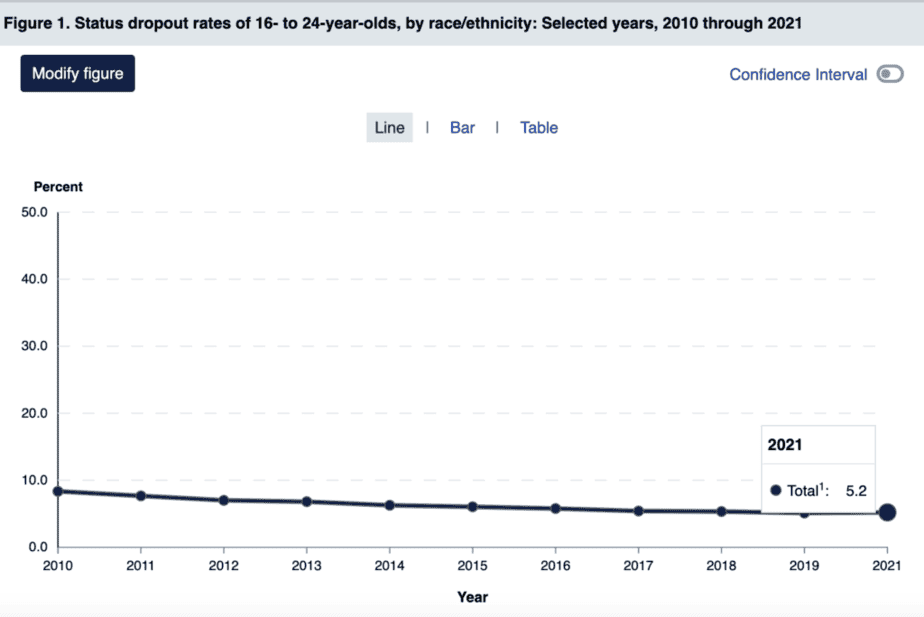

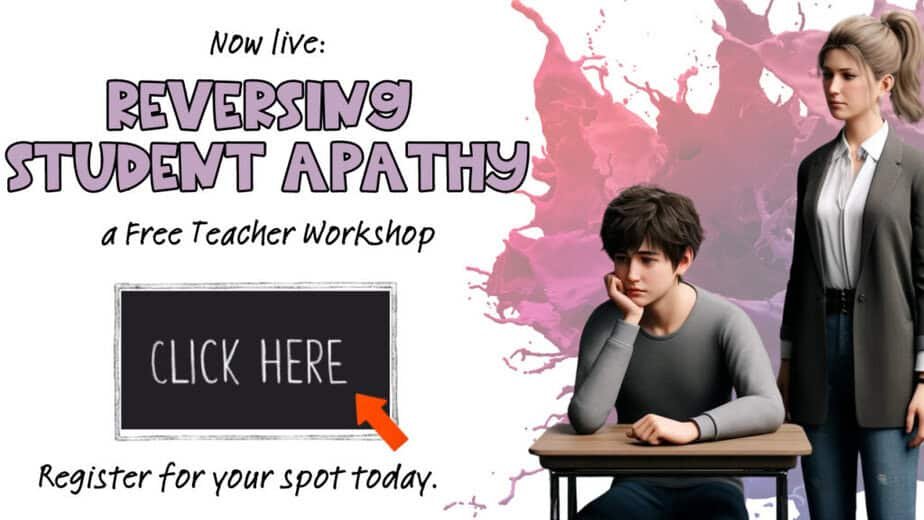

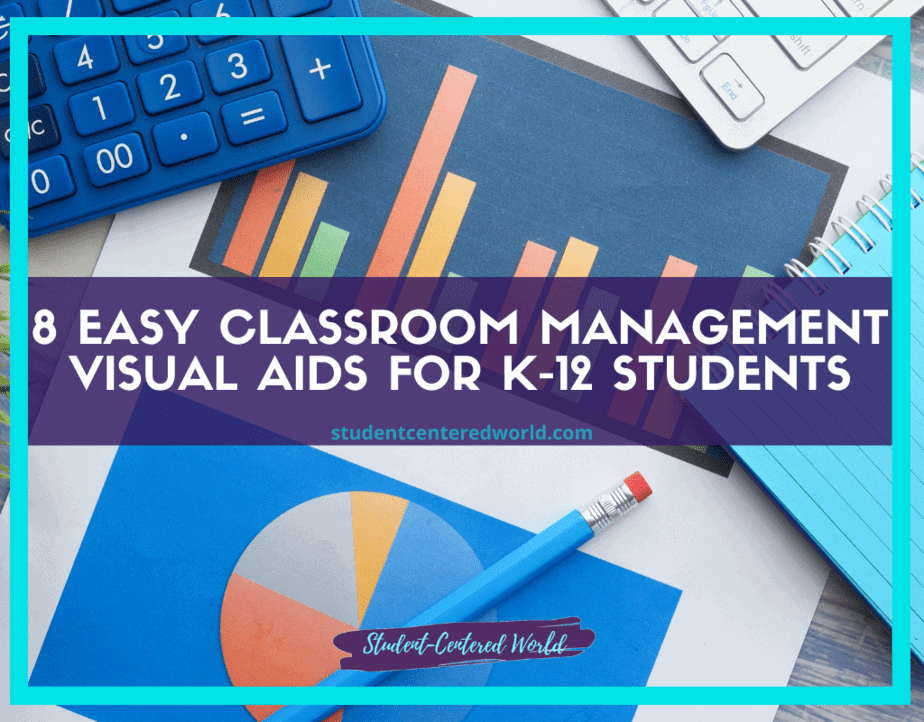
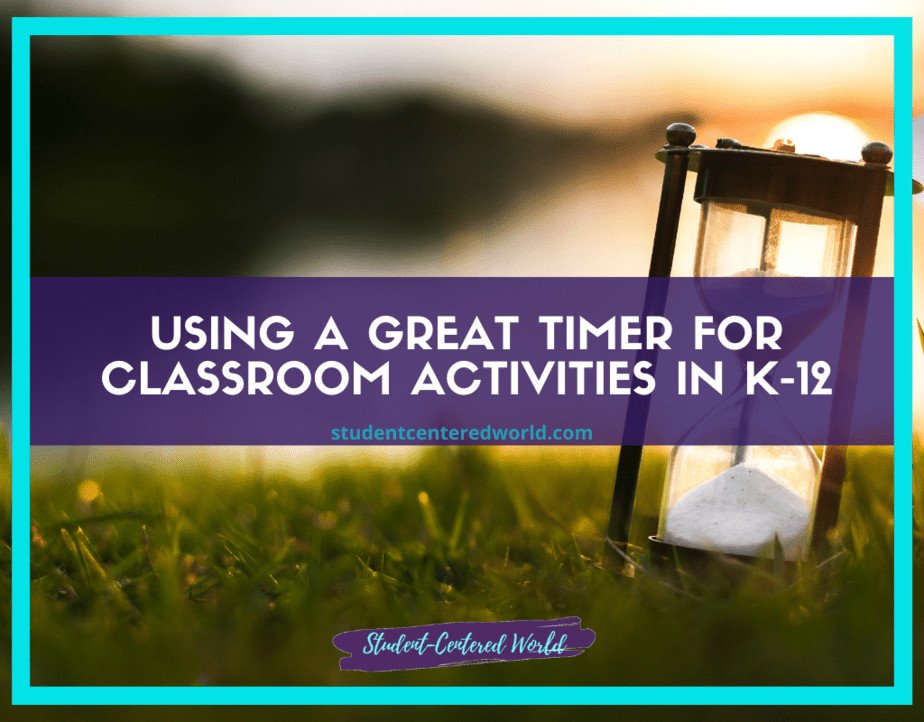
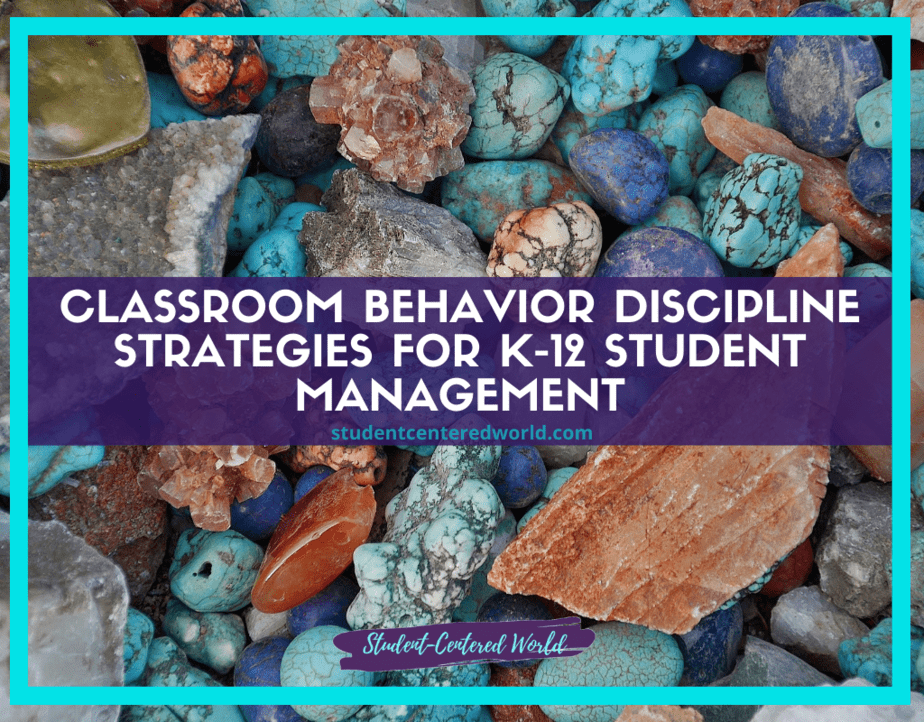
3 Comments
Jodi Bowers
“Helicopter parenting has been linked to a decrease in wellbeing, self-regulation, self-efficacy, and poorer academic outcomes…The restriction of exposure to challenges by intervening before a child has struggled or failed undermines the child’s effort to establish healthy regulatory strategies” (Vigdal et al., 2022). This is the biggest issue. I am Gen X (1974), and thank goodness I did not do this with my own children. The students I have in class have “learned helplessness” because someone else is always stepping in and they have no problem solving skills- so they just sit. So sad.
Dee Hen
Twenty year Gen X veteran here. This analysis is spot in in some respects, misses in others. It makes it seem iike our generation didn’t have to fight adversity like generations today. If my generation is guilty of anything, it is going in the completely opposite direction in regards to parenting due to their past traumas. Our lactchkey generation learned to problem solve, have grit, be independent etc. because our parents forced it upon us. And I don’t necessarily feel that was a bad thing looking back. The helicopter Gen X parent is not doing their children any favors as stated in this commentary and I agree with that. But what is also lacking in this analysis is that parents are seeing the negative effects of this parenting style in their children, but refuse to change course. When confronted with those effects by educators, they refuse to give their children consequences for behaviors like apathy, irresponsiblility, and behavioral disruptions in the classroom. They still have more power than teachers in the classroom to influence their child’s behaviors, but either refuse to put in the hard work to change it, or flat out refuse to believe it’s happening. Life is hard- but this analysis in my opinion is just giving excuses for why children act they way they do. Yes, they have experienced challenges. but every generation has. We have gone away from a consequence based society to a hand holding society and no wonder why students have no idea how to stand on their own two feet. No amount of social emotional learning is going to change lack of consequences or a parent being a parent. It is an endless loop that we are all in. It’s frustrating, but I welcome strategies that I can institute in the classroom to combat at least some of the crippling apathy I have witnessed as of late.
Debi Brim
Back in the 1960s, when the drop out rate was high, it was a time when it was considered acceptable to drop out at 16. I was a pre-teen then and I remember the lectures about getting a high school diploma was the “step up” in the world that we would need. A college degree was totally optional. Today, the college degree or even a Master’s degree is the “step up” we need to be better than all the other job applicants.
Also in the 1950/60s, factories were considered the ” best” jobs. Dropping out at 16 and eventually getting “one of those high paying factory jobs!” was almost a no-brainer! I know quite a few folks who did that, maybe taking a detour by working full time at another job first. I know one friend who told me his friends were making fun of him for going to college when he could be making “big money” in one of the local factories. A few decades later, he’s living better than most of those friends because of his college degree. As time rolled on, college became the new high school diploma …. the minimal requirement ….. and more effort was put into mandatory high school graduation and college. A Masters degree that used to be VERY optional has now become the norm.
Stress and anxiety over world events was not the only factor back then. It was a different time period with different job requirements. Jobs that require a college degree today barely required a high school diploma back then… so the thought process was why spend the time getting one?
So that aspect of the article I feel is comparing a few apples to applesauce.